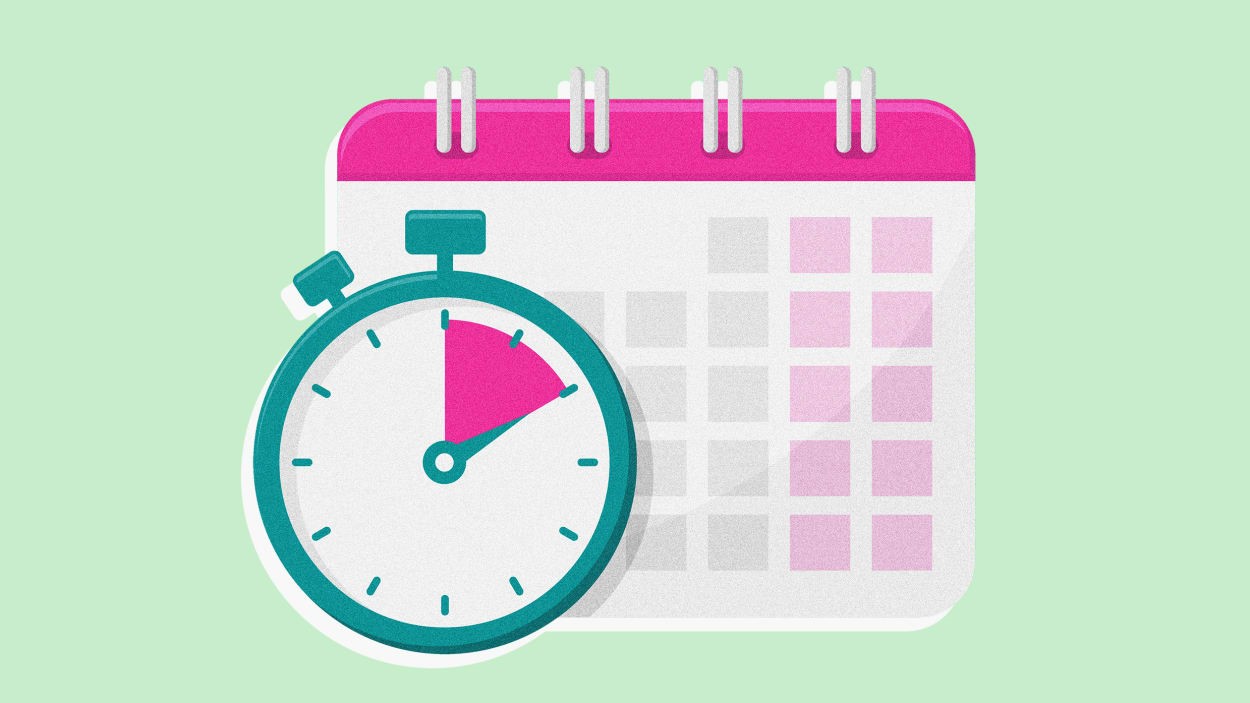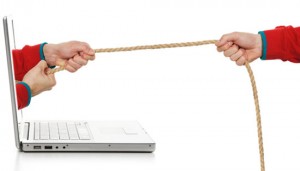By Bob Brody
I can tell you the time of day within a matter of minutes, all without ever peeking at a watch or clock. My accuracy is uncanny.
Here’s why. For 21 years my employers mandated that either weekly or daily I fill out a time sheet. I tabulated, in quarter-hour increments, every major task I performed, indicating how long each took.
The global public relations firms that retained my services expected me, as a matter of course, to be billable, preferably highly billable. And, in fact, the more billable the better.
I might record 1.5 hours for a two-page memo here, 2.25 hours for a brainstorm there. I estimate my billings reached about 40,000 hours—and, given my hourly billing rate, yielded about $12 million in revenue to my employers.
My longstanding practice of dutifully doing a corporate time sheet brought about an unexpected by-product. It created a time-sheet mentality that has spilled over into my personal life—a mindset that has informed, influenced, and indeed improved how I’ve lived outside the office.
But first a confession: Originally I was loath to log my activities and hours. The chore of such documentation was a nuisance, more burden than benefit. Reconstructing my week from memory, and doing so with forensic precision, invariably gave me a thunderous headache. Worse, learning the software programs for time sheets, frequently updated for no apparent reason, often took me weeks of anguished torment.
Besides, I figured, as long as our clients expressed satisfaction with my performance—and kept paying our retainers—who cared how many hours in a given day I devoted to participating in a meeting, conducting research, or advising a CEO in a crisis?
No wonder I routinely came up with excuses to submit my time sheets late. My noncompliance as a chronic laggard led to frequent reprimands from my supervisors, and even threats of reprisals.
Millions of other people in professional services—predominantly lawyers, architects, accountants, engineers, and consultants—typically fill out time sheets too. Or, as the case may be, neglect to do so. A study once reported in the Harvard Business Review estimated that time sheets that inadequately account for work done cause the professional services sector to lose $7.4 billion a day in productivity.
But within a few years, time sheets grew on me. I appreciated how and why they had more pros than cons. Billing by the hour represented the system by which we all earned our keep. Clients could tell how much of our time, and at what rates, they got in exchange for the fees they paid. Internally, they quantified the value of your services down to the dollar.
In other words, time sheets were just good business.
I also discovered that my time sheets proved instructive to me personally. I could track how well, or how poorly, I was spending my days. Time sheets taught me how to bolster my efficiency and productivity.
I had taken time for granted over the previous 20 years of my career. I had wasted plenty of it. Nor was I alone in this regard. A survey by Salary.com once found that 69% of employees admitted wasting time every day at work. A PWC study reported that employees squander an average of 2.5 hours a week on browsing the internet or social media or other activities unrelated to the job at hand.
Enough was enough. I even got competitive about it. Every week, I scrolled through our companywide spreadsheets to compare my billability—or utilization rate, as it’s called (a metric that reflects the percentage of your hours that are billed to clients)—with those of all my colleagues. Which other SVP was coming in at 110% billable to my mere 85%?
One year, I billed for more client income than all 100-plus colleagues in our office. The managing director sent me a handwritten note congratulating me and singled me out for praise at a staff meeting. Soon after, I received an annual raise of almost 15%.
By then I was duly converted to the orthodoxies of time sheet as religion. My mantra became: I bill, therefore I am.
I now apply my time-management philosophy to family, friends, community, and health. In effect, I treat my personal life as billable, too.
Chronicling my time at the office made me hypersensitive not only to how quickly time can seem to pass, but also to how much more you can do with it than you likely ever expected, and how profoundly fulfilling it can be if you do so.
So I no longer take it for granted or waste any. Now, just as I always moved multiple projects ahead step-by-step on the job, so, too, do I pursue my duties as a husband, father, grandfather, friend, and neighbor. I earmark time for my wife, son, daughter, 5-year-old granddaughter, and 3-month-old grandson. I likewise assign allocations for long walks with our dog, studying Italian, reading books from the Western canon, and staying in touch with longtime friends and classmates.
Every day, then, I move all my highest personal priorities forward, even if only by an inch. If you do a little here and a little there, eventually it all adds up. Except in this case I’m being accountable not to an employer but, rather, to the people dearest to me and, above all, to myself.
How you do anything, sociologist Martha Beck once wrote, is how you do everything.
Now I operate at capacity, utilized to the max, feeling once again 100% billable. Anyone can leverage this mindset. Come the new year, it would be hard to do better. You might find you’re keeping time on your side.
(10)







